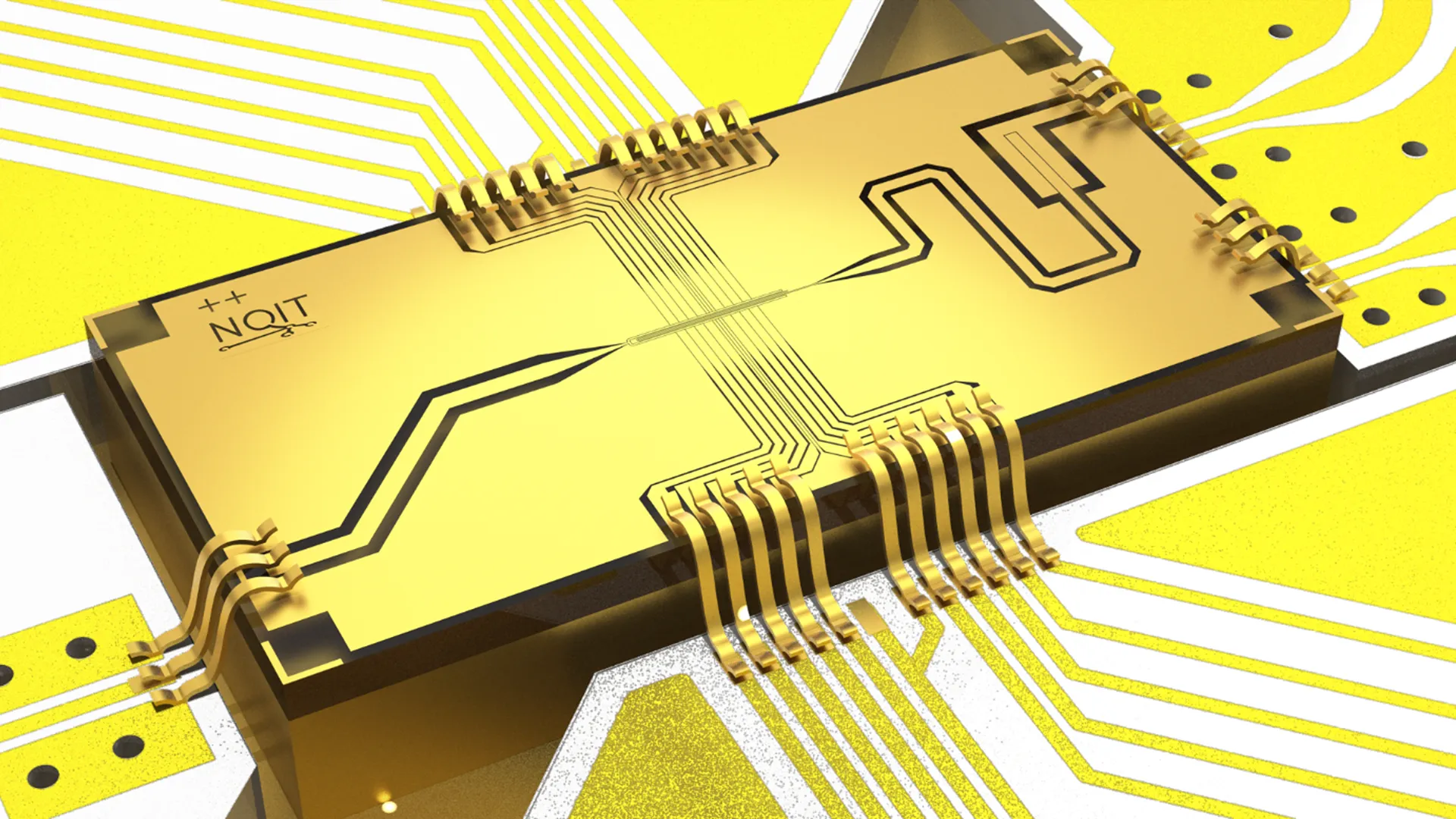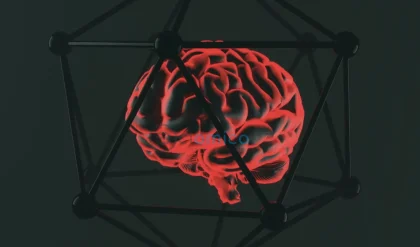Physicists at the University of Oxford have achieved a groundbreaking milestone in quantum computing by setting a new global benchmark for the accuracy of controlling a single quantum bit, or qubit. Their team has recorded an unprecedented error rate of just 0.000015%, corresponding to one error in approximately 6.7 million operations. This remarkable achievement signifies nearly a tenfold improvement over their previous record established a decade ago.
To put this achievement into perspective, the likelihood of experiencing a lightning strike in a given year is higher (1 in 1.2 million) than the probability of encountering an error with one of Oxford’s quantum logic gates. This major advancement, documented in the journal Physical Review Letters, represents a significant step towards the realization of practical and reliable quantum computers capable of addressing real-world challenges.
Professor David Lucas, a co-author of the study from Oxford’s Department of Physics, stated, “As far as we are aware, this is the most accurate qubit operation ever recorded anywhere in the world. It is an important step toward building practical quantum computers that can tackle real-world problems.” As practical quantum computations will necessitate millions of operations across numerous qubits, maintaining a low error rate is essential to ensure that the outcomes of these calculations remain meaningful. While error correction techniques can mitigate mistakes, they require additional qubits that add to both the cost and size of quantum systems. With a reduced error rate, the new methodology minimizes the number of necessary qubits, streamlining the overall design of quantum computers.
Co-lead author Molly Smith, a graduate student in Oxford’s physics department, added, “By drastically reducing the chance of error, this work significantly reduces the infrastructure required for error correction, opening the way for future quantum computers to be smaller, faster, and more efficient. Precise control of qubits will also be pivotal for other quantum technologies, including clocks and quantum sensors.”
The researchers achieved this remarkable precision by utilizing trapped calcium ions as their qubit. Calcium ions are ideal for storing quantum information due to their long lifespan and resilience. The team employed electronic (microwave) signals instead of conventional laser technology to control the quantum state of the ions, enhancing stability and offering additional advantages for constructing efficient quantum computers. Electronic control is not only more cost-effective but also easier to integrate into ion trapping chips. Notably, this experiment was successfully conducted at room temperature without the need for magnetic shielding, simplifying the technological requirements for operational quantum computing.
The previous record for single-qubit error rates, also held by the Oxford team in 2014, stood at 1 in 1 million. The group’s expertise has also facilitated the launch of the spinout company Oxford Ionics in 2019, which has established itself as a leader in high-performance trapped-ion qubit platforms.
Despite this achievement being a significant milestone, the research team underscores that it represents only a portion of a broader challenge in quantum computing. Effective quantum machines necessitate the interplay of both single- and two-qubit gates; unfortunately, two-qubit gates currently exhibit much higher error rates, approximately 1 in 2000 in the best experiments to date. Reducing these error rates will be crucial for the development of fully fault-tolerant quantum systems.
The experiments were conducted by a collaborative team including Molly Smith, Aaron Leu, Dr. Mario Gely, Professor David Lucas, and Dr. Koichiro Miyanishi from the University of Osaka’s Centre for Quantum Information and Quantum Biology. This team is part of the UK Quantum Computing and Simulation Hub, a component of the ongoing UK National Quantum Technologies Programme.
Reference:
- Anonymous. Single-qubit gates with errors at the 10−7 level. Physical Review Letters, 2025; DOI: 10.1103/42w2-6ccy







